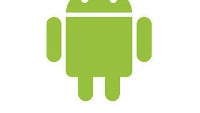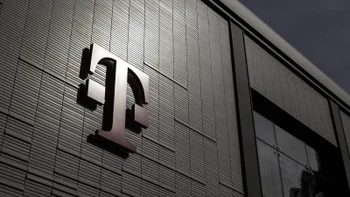Marshmallow now powers 0.7% of all Android devices, KitKat still king of the hill

Marshmallow might be the newest flavor of Android, but it is still one of the rarest versions of the OS. According to the newest data from the Android distribution dashboard, which was collected during a 7-day period ending on January 4, Marshmallow can be found on merely 0.7% of all eligible Android devices.
It rather important to mention that the new version of Google's mobile platform has seen a 0.2% increase compared with the previous month, but in spite of this, it's still a little bit sad to see it so behind in terms of adoption.
KitKat still reigns supreme with 36.1%, despite that it suffered a minor decline of 0.5% in comparison with December 2015, when it had a distribution rate of 36.6% written next to its name. It is followed closely by Android 5.x Lollipop, which is clearly on the rise and is yet to peak.
In the meantime, most previous Android versions, like Jelly Bean, Ice Cream Sandwich, and Gingerbread are declining. All apart from Froyo - the archaic Android version is still holding strong to its 0.2% piece of the pie and doesn't seem to give up its spot.
Check out the dynamics of the Android distribution stats in the table right below.
| Version | Codename | Distribution in December 2015 | Distribution in January 2016 |
| 2.20 | Froyo | 0.20% | 0.20% - |
| 2.3.3 - 2.3.7 | Gingerbread | 3.40% | 3.00% ▼ |
| 4.0.3 - 4.0.4 | Ice Cream Sandwich | 2.90% | 2.70% ▼ |
| 4.1.x | Jelly Bean | 10.00% | 9.00% ▼ |
| 4.2.x | 13.00% | 12.20% ▼ | |
| 4.30 | 3.90% | 3.50% ▼ | |
| 4.40 | KitKat | 37.00% | 36.10% ▼ |
| 5.00 | Lollipop | 16.30% | 16.90% ▲ |
| 5.10 | 13.20% | 15.70% ▲ | |
| 6.00 | Marshmallow | 0.50% | 0.70% ▲ |
We don't mean to be stingy and mean, but we feel that a comparison with iOS is due here. Apple's stats for January 2016 are yet to be released, but the latest piece of data from mid-December 2015 indicates that the newest version of iOS, iOS 9, was present on 71% of all eligible iOS devices; a month earlier, in November, it was making the rounds on exactly 70% of all iOS devices.
These stark discrepancies can be attributed to the different approaches that the two most popular operating systems employ - one is deeply fragmented, while the other one is tightly-controlled. Still, it hurts to see the newest version of the leading mobile platform so poorly adopted.
Follow us on Google News










![A new Android bug is making it impossible to install new apps. Are you affected? [UPDATE]](https://m-cdn.phonearena.com/images/article/176703-wide-two_350/A-new-Android-bug-is-making-it-impossible-to-install-new-apps.-Are-you-affected-UPDATE.webp)

Things that are NOT allowed:
To help keep our community safe and free from spam, we apply temporary limits to newly created accounts: